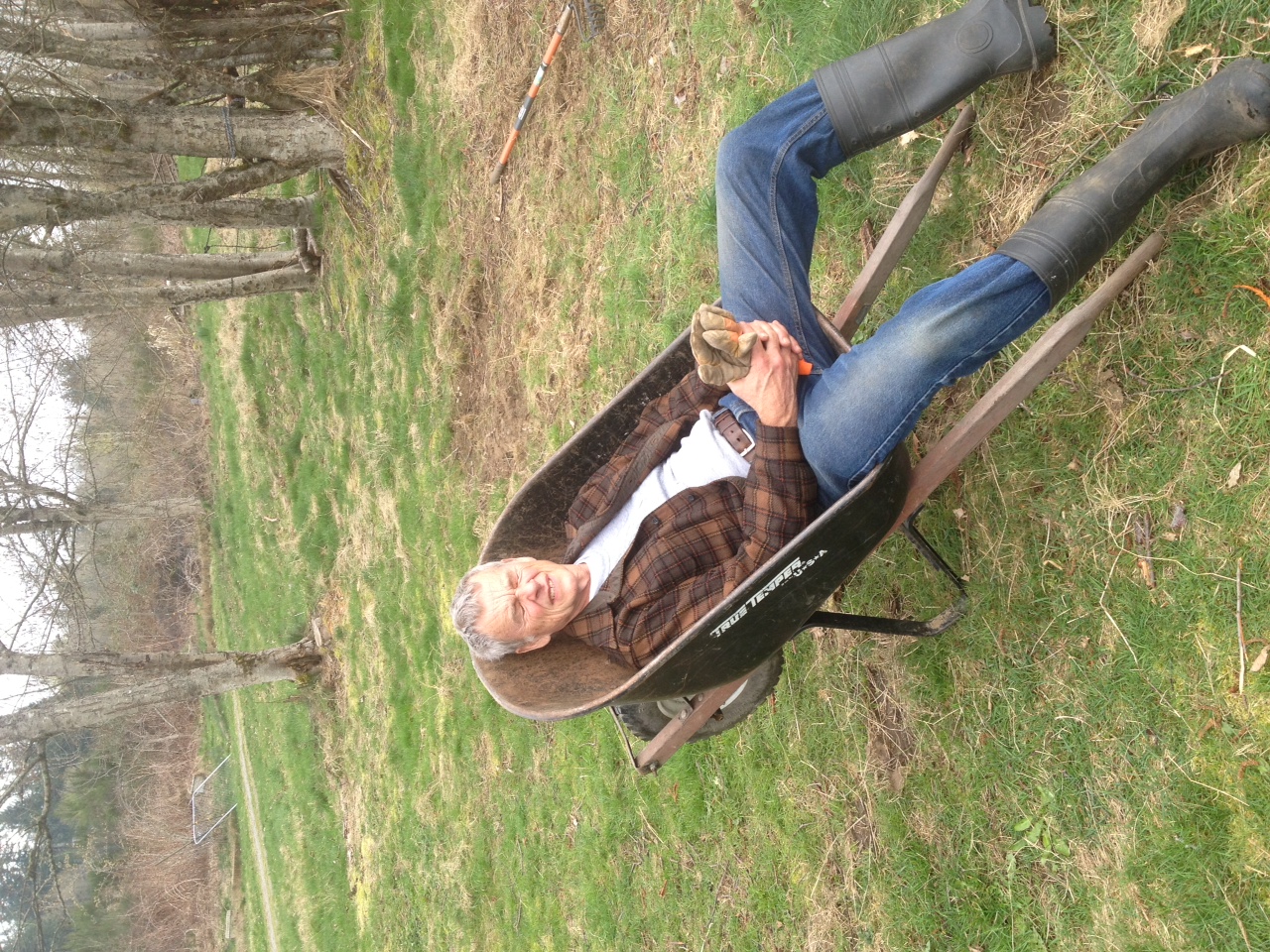Spring Time
- Ken Campbell

- Apr 1, 2022
- 2 min read
It is the end of March. The first trillium of the spring has just bloomed at the edge of a clearing in the Soggybottom forest. Not far from the trillium, a groundcover of low-growing bleeding heart is also blooming. Down the hill next to the flooded creek, the first of several skunk cabbage plants is sending up its tall, yellow, pungent spring flower. Indian plum has now been in bloom for more than a week with clumps of delicate white flowers hanging in rows defined by the reach of looping thin branches. The male catkins of alder have shed their pollen and are now falling off the trees and lying on the ground to create the look of a loose carpet of wooly caterpillars.
Two weeks ago, back at the house, I saw an advanced contingent of tree swallows, the first of the season, work the air space above the pasture for insects. At about the same time, two male Rufous hummingbirds completed the northern leg of their migration back into our country and showed up to compete with our resident Anna’s hummingbird for time at the feeder. These hummingbirds will be with us for the rest of the spring and summer. As a harbinger of these events, the evening chorus of spring peepers has been underway now for more than a month; the chorus began in early February.
Last weekend, on the way to the tri-cities to celebrate Luke's 50th birthday, we saw 250 elk scattered over the flanks of Rattlesnake Mountain grazing on newly emergent cheatgrass. Cheatgrass loses its nutritive value as it dries out, so the elk are on the flanks of the mountain only temporarily to take advantage of this short-lived, spring-time food source - they will move on when the cheatgrass dries up in mid-April. Along the floodplain of the lower Yakima River, we watched the annual gathering of Sandhill cranes as they staged midway in their journey from wintering grounds in California to nesting grounds in the Yukon. This mid-journey staging stop is needed for replenishing the energy already expended during the first half of this long trip. When their body fat is restored, they will leave central Washington and finish their migration to their nesting grounds.
The above constitutes an abbreviation of the lengthy list of natural events that transpire as winter transitions into spring. I mention these particular events because they, among many others, rose to prominence in our consciences as particularly notable elements as we experienced this period of seasonal transition.
The pages of Nature's calendar turn reliably every year. You won’t see the wondrous spectacle that is on the calendar page by looking at the computer screen or at the TV or at the shopping mall. Nature’s seasonal displays take place out in the forest, in the meadow, on the river, or in the sagebrush fields. You won’t see any of nature’s exhibitions unless you look for them in the right places at the right time. I am fortunate in having the leisure that allows me to pay attention to these opportunities for nature-watching and by this, I add immeasurable enjoyment to my life.










Comments